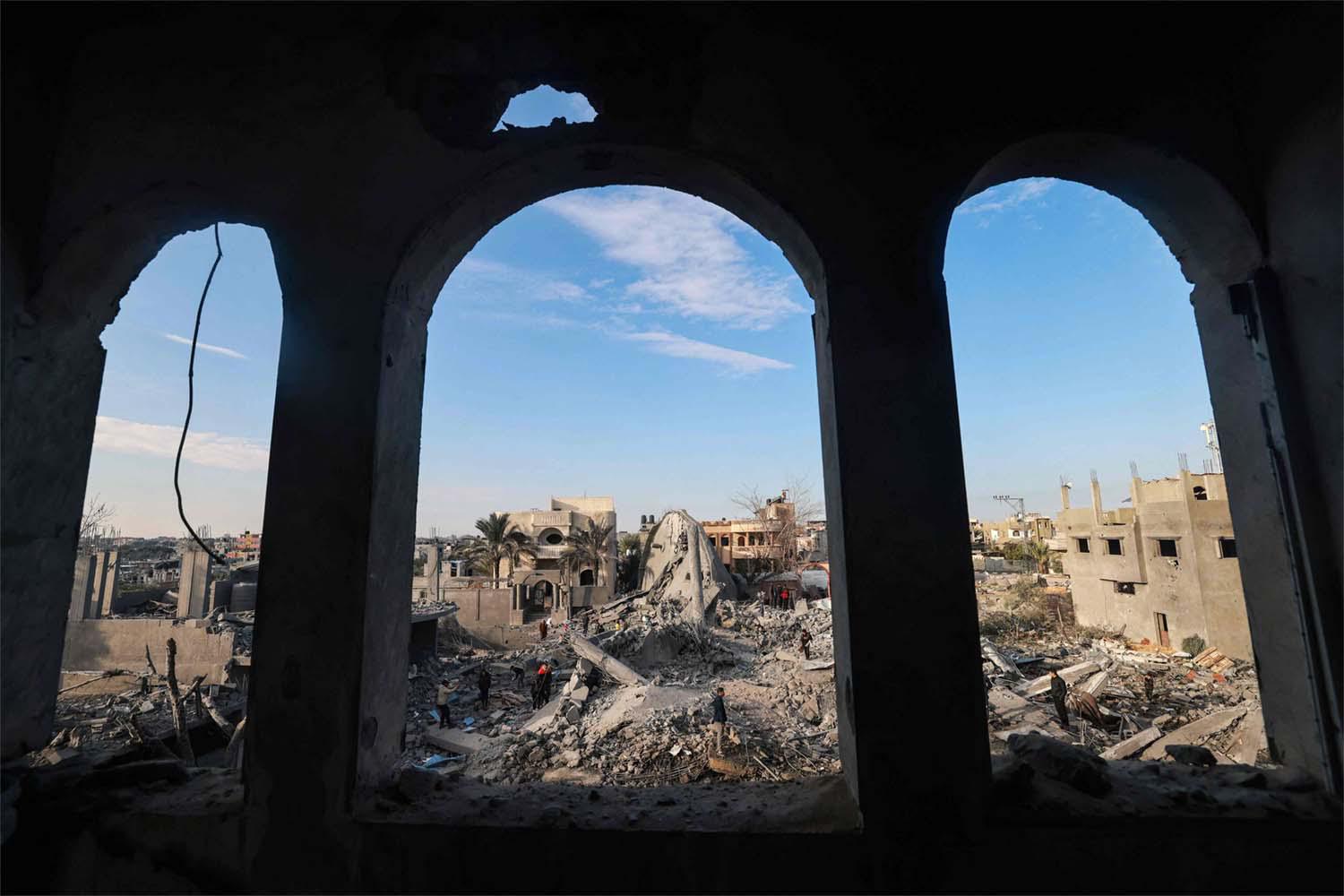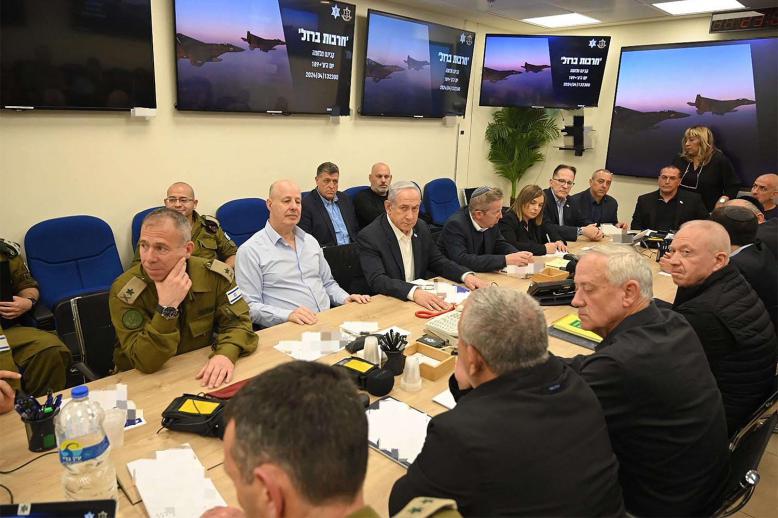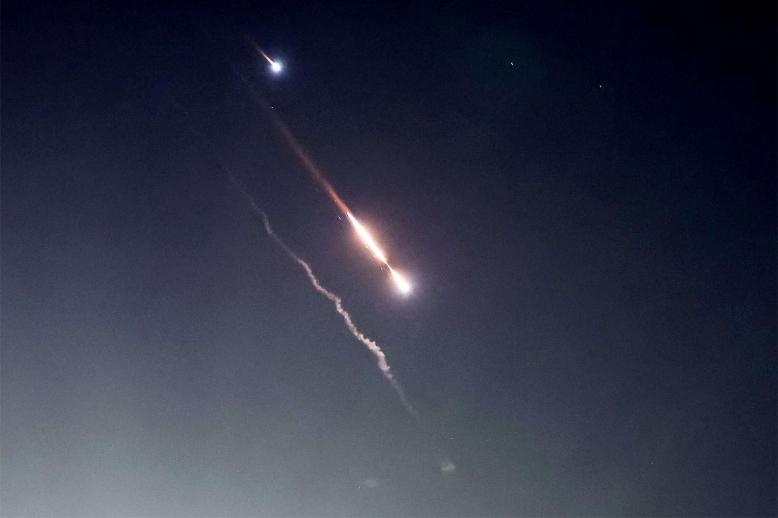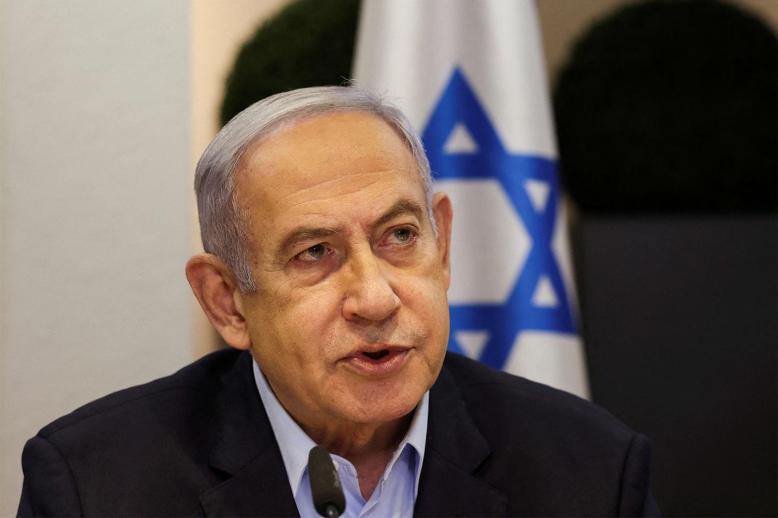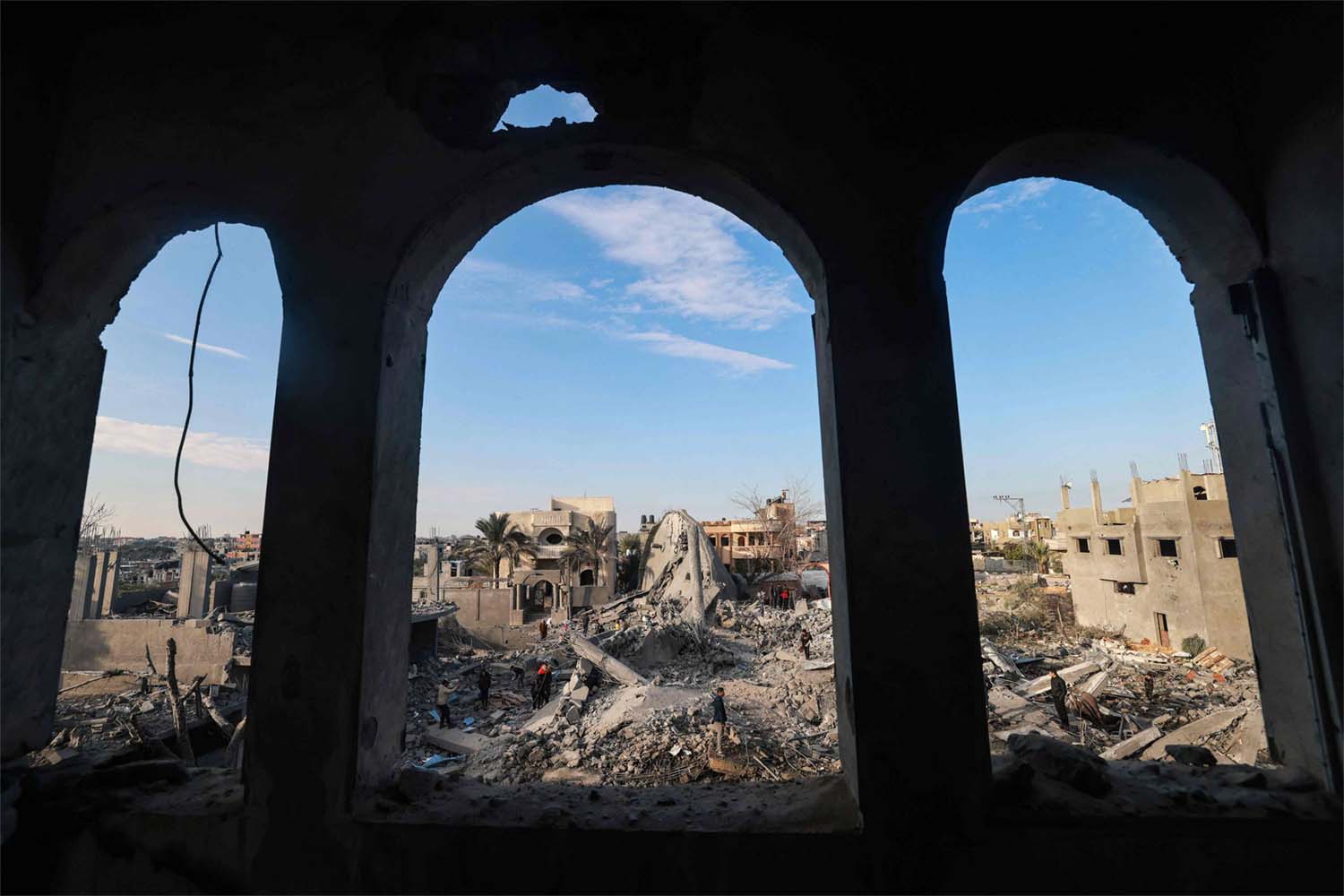The worst-case scenario in the Middle East
The worst-case scenario in the Middle East is the expansion of the circle of war, centered on the Gaza Strip, into countries and other geographical areas. In a region that carries the seeds of conflict, any spark can lead to a massive conflagration.
The Middle East is characterized by tensions ranging from religious, national, sectarian, political, geographic, economic, and border-related to factors such as poverty, water scarcity, corruption, and poor governance. Under certain circumstances, these factors can combine to create a catastrophic situation for the world in this vital region.
There are signs that the US and Europe are paying increasing attention to defusing regional conflict in the Middle East. In a recent telephone conversation with her Iranian counterpart, Hossein Amir Abdollahian, the French foreign minister said that the threat of regional conflict in the region has become greater than ever.
She conveyed a “very clear message” to the Iranian side, stressing that Iran and its allies should immediately stop their actions that threaten stability, as escalation would not benefit anyone.
On the American side, reliable media reports quote a senior US official as saying that, according to the State Department, indirect communication with Iran to prevent a broader regional conflict will be the focus of Secretary Blinken’s recent trip to the Middle East.
He will send a message to the leaders with whom he will meet that the US does not want and does not intend to escalate the conflict, and expects that message to be conveyed to Iran and its supporters through countries that maintain relations with them.
It is noteworthy that the US Secretary of State’s trip, which included several stops in the Middle East such as Turkey, Jordan, the UAE, Qatar, Saudi Arabia, Israel, the West Bank, Egypt and Greece, with the exception of Doha, did not include capitals that could effectively deliver the US message because of their close relations with Tehran.
Other capitals are unlikely to effectively deliver the US message to both Iran and its regional proxies. More important than delivering the message is to understand its motives. Do the US and Western countries really fear regional conflict in the Middle East, or are there other reasons for efforts to contain escalating tensions?
There is no doubt that the US realizes that it, along with Israel, is being drawn into a full-scale regional conflict that affects its strategic interests in the region. Limited US deterrence capabilities have been put to the test after nearly a hundred attacks on US bases in Iraq and Syria since the beginning of the Gaza conflict.
The partial response to these attacks, which led to the assassination of a leader of Iraq’s Al Nujaba movement blamed by the US for the attacks on its bases in Syria and Iraq, has strained relations between Washington and Baghdad.
The government of Mohammed Shi’a Al Sudani was embarrassed by the US airstrikes on the Popular Mobilization Forces, part of the Iraqi army, and announced its intention to terminate the mission of the US-led international coalition in the country, saying that the move was a commitment from which it would not back down, and that it would not compromise on the completion of national sovereignty over the land, sky and waters of Iraq.
Ending the US military presence in Iraq appears to be a strategic victory for Iran. Despite the limited number of US troops - about 2,500 in Iraq and about a thousand or fewer in Syria - playing an advisory role in the mission to eradicate Daesh, the withdrawal of these forces remains an important demand for Iran.
Some Iranian-backed Iraqi factions, a key part of the coalition led by Prime Minister Mohammed Shi’a Al Sudani, insist on this. Another point is that widening the regional circle of conflict directly benefits Iran and its proxies.
There is almost unanimous agreement among observers that one of the main objectives of the Hamas attack on Israel on October 7 was to undermine the peace process between Israel and Arab and Islamic countries. This goal was partially achieved, as evidenced by the fact that rapid developments on this issue were frozen and steps along the Saudi path, which was close to completion, were postponed.
Nevertheless, the postponement means that the process can continue after the end of the Gaza war.
What is certain, however, is that the regionalization of the conflict may effectively end the process, as no one can develop clear visions or scenarios about the ways in which the conflict will expand, its consequences and impact, the identity of the regional and international actors that may be involved in the conflict, and the implications of all of this, let alone the limits of the conflict and where and how it will end, especially if the international community has failed - so far - in the ongoing war in Gaza.
How can we envision an end to the broader conflict related to what has happened or is happening in Gaza?
Salem AlKetbi, UAE political analyst and former Federal National Council candidate

